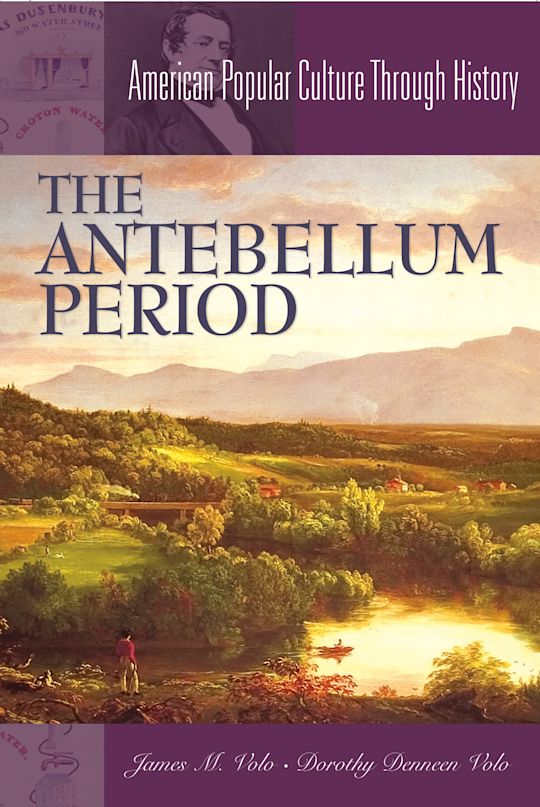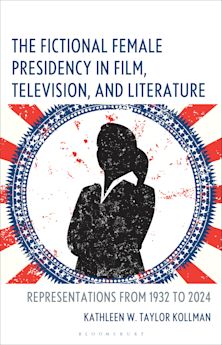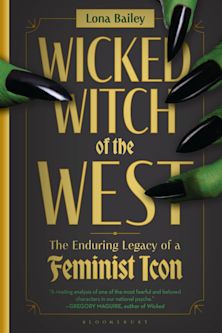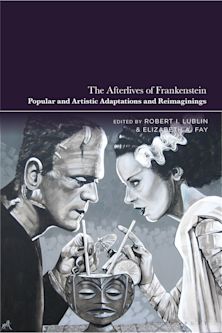- Home
- ACADEMIC
- Film & Media
- Popular Culture
- The Antebellum Period
This product is usually dispatched within 1 week
- Delivery and returns info
-
Free CA delivery on orders $40 or over
You must sign in to add this item to your wishlist. Please sign in or create an account
Description
The Antebellum Era was a complex time in American culture. Young ladies had suitors call upon them, while men often settled quarrels by dueling, and mill girls worked 16-hour days to help their families make ends meet. Yet at the same time, a new America was emerging. The rapid growth of cities inspired Frederick Law Olmstead to lead the movement for public parks. Stephen Foster helped forge a catalog of American popular music; writers such as Washington Irving and Ralph Waldo Emerson raised the level of American literature; artists such as Thomas Cole and Thomas Doughty defined a new style of painting called the Hudson River School. All the while, schisms between northern and southern culture threatened to divide the nation. This volume in Greenwood's American Popular Culture Through History recounts the ways in which things old and new intersected in the decades before the Civil War.
James and Dorothy Volo are one of the more prolific author teams in reference publishing today, and with this volume they make important contributions to Greenwood's successful series on America's other history.
Table of Contents
Introduction
Chronology
Everyday America
World of Youth
Advertising
Architecture
Fashion
Food
Leisure Activities
Literature
Music
Performing Arts
Travel
Visual Arts
Cost of Products in Antebellum Era
Selected Reading
Product details
| Published | Jun 30 2004 |
|---|---|
| Format | Hardback |
| Edition | 1st |
| Extent | 432 |
| ISBN | 9780313325182 |
| Imprint | Greenwood |
| Dimensions | 235 x 156 mm |
| Series | American Popular Culture Through History |
| Publisher | Bloomsbury Publishing |
About the contributors

ONLINE RESOURCES
Bloomsbury Collections
This book is available on Bloomsbury Collections where your library has access.


































